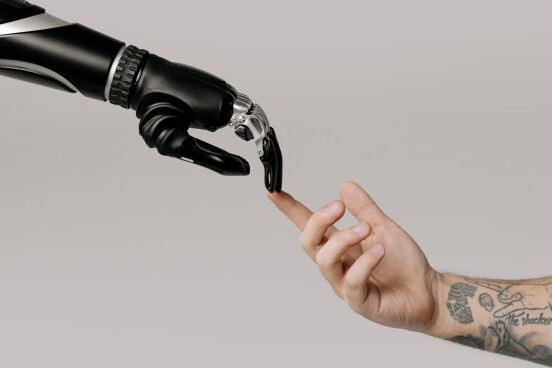
An inventor needs to be a person

On 20 December 2023, the UK Supreme Court handed down a judgement in the case of Thaler v Comptroller-General of Patents, Designs and Trade Marks [2023] UKSC 49, which can be found here:
Dr Thaler and his collaborators sought to establish that artificial intelligence (AI) systems can make and own inventions, and that the owner of such AI systems can apply for and secure the grant of patents for those inventions. Patent applications were filed as test cases in patent offices around the world. Two GB patent applications that were filed by Dr Thaler were refused by the UK Intellectual Property Office. Appeals to this decision were rejected by the High Court, the Court of Appeal, and the Supreme Court.
The request for grant forms accompanying the GB patent applications stated that Dr Thaler was not an inventor of the inventions. Instead, Dr Thaler filed a statement of inventorship which reported Dr Thaler’s belief that each of the inventions was created by the AI of a machine called DABUS.
In summary, the Supreme Court determined as follows:
- The term “inventor” is restricted to the natural person who came up with the inventive concept. Thus, a machine such as DABUS is not considered to qualify as an inventor.
- Dr Thaler is not entitled to file patent applications for and obtain grants of patents for inventions, on the basis of his ownership of DABUS. The ownership of patents in the first instance is the inventor, and in this case, no inventor has been identified. Even if DABUS was considered an inventor, there is no legal basis for ownership of a patent to be transferred to the owner of the machine. Thus, there is no right of ownership for any developments that were made by DABUS acting as an autonomous machine.
- UKIPO was entitled to hold that the patent applications were withdrawn, because Dr Thaler failed to file a valid statement of inventorship. Under the UK Patents Act, it is necessary for the applicant to identify one or more person as an inventor, and to indicate why they are entitled to ownership of the patent.
It’s unusual for a dispute to go all of the way to the Supreme Court because a form was filled in incorrectly. In most cases, there will be no doubt who the natural person is who came up with the inventive concept. The DABUS patent applications were filed as a test case, to establish the law in various jurisdictions. Therefore, this judgement doesn’t affect the opportunity to obtain patent protection for computer implemented inventions.
At ip21, we often help businesses to pursue patent protection for innovation that implements AI technology. Investors value AI solutions, as well as the IP that protects these inventions. For most inventions, identifying the inventor is a routine task that involves determining the person who created the invention. Determining the identity of the inventor, and the chain of title to the owner is important for establishing entitlement to the IP rights. We routinely take care of completing and filing the statement of inventorship on behalf of our clients. Do get in touch if you’d like to find out more about patent protection for computer implemented inventions.
Written by Mark Saunders on behalf of ip21 Ltd.